“I Always Wanted To Be A Mental Health Therapist. Ever Since High School, I’ve Enjoyed Encouraging

“I always wanted to be a mental health therapist. Ever since high school, I’ve enjoyed encouraging people and giving them hope. But I lost my way. I got caught in a world of addiction. I lost ten years of my life to drugs. I stopped when I became pregnant with my child, but by that time it was too late to go back to school. I started working as an office manager. I never completely lost my dream. But I just put it on a shelf for thirty years. Then five years ago I to…ok it off the shelf. I heard a lady in my choir talking about how she enrolled in community college. I drove there the very next day. I was so nervous when I filled out the application. I was so nervous the first day of class. All the old voices were telling me: ‘You never finish anything.’ But I said ‘fuck you’ to the old voices. And I started getting A’s. On my first test, I got the only perfect score in the class. I graduated at the age of 50. I got my Masters at 55. And just last night I completed a mental health first aid course. I’m so close now. There’s still fear there. I used to be afraid of it never happening. Now I’m afraid of it happening. The old voices try to come back sometimes. They tell me: ‘You can rest,’ or ‘You’ve earned a break.’ But I’m not stopping this time. Somebody out there is waiting for me to finish because they need my help.“
More Posts from Smparticle2 and Others
This supercapacitor battery can be recharged 30,000 times

A thin, flexible supercapacitor boasts high energy and power densities. Credit: University of Central Florida
Everyone and anyone with a smartphone know it is not long before your phone holds a charge for less and less time as the battery begins to degrade. But new research by scientists at the NanoScience Technology Center at the University of Central Florida (UCF), USA, could change that. The team have developed a new method for producing flexible supercapacitors that can store greater amounts of energy and can be recharged over 30,000 times without degradation. This new method could transform technology such as electric vehicles and mobile phones in the future.
‘If you were to replace the batteries with these supercapacitors, you could charge your mobile phone in a few seconds and you wouldn’t need to charge it again for over a week,’ said University of Central Florida researcher Nitin Choudhary.
The UCF team has attempted to apply newly discovered 2D materials that measure just a few atoms thick to supercapacitors. Other scientists have also tried formulations with other 2D materials including graphene, but had only limited success. The new supercapacitors are composed of millions of nanometre-thick wires coated with shells of 2D materials. The core facilitates the super-fast charging and discharging that makes supercapacitors powerful, and the 2D coating delivers the energy storage ability.
‘We developed a simple chemical synthesis approach so we can very nicely integrate the existing materials with the two-dimensional materials,’ said Yeonwoong Eric Jung, assistant professor of the study. Jung is working with UCF’s Office of Technology Transfer to patent the new process. ‘It’s not ready for commercialisation,’ Jung said. ‘But this is a proof-of-concept demonstration, and our studies show there are very high impacts for many technologies.’
Opinion is really the lowest form of human knowledge. It requires no accountability, no understanding. The highest form of knowledge is empathy, for it requires us to suspend our egos and live in another’s world. It requires profound purpose larger than the self kind of understanding.
Plato, The Republic (via fyp-philosophy)
Interesting
Your blog is super cool! I have a few questions. How do you get your equipment and chemicals to carry out your experiments? I was just wondering as I'd like to start doing experiments at home. What would be a good experiment to start with also? Sorry if you have already answered these questions
Hey, thanks for the kind words! This is going to be a long answer! Let’s start with equipment:
Keep reading
You must stay drunk on writing so reality cannot destroy you.
Ray Bradbury, Zen in the Art of Writing (via books-n-quotes)


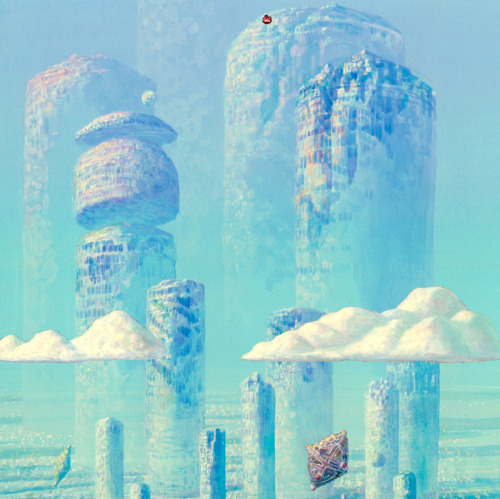







Whisper Of The Heart Vertical Pan Shots - Dir Yoshifumi Kondo (1995)





Bringing silicon to life: Scientists persuade nature to make silicon-carbon bonds
A new study is the first to show that living organisms can be persuaded to make silicon-carbon bonds – something only chemists had done before. Scientists at Caltech “bred” a bacterial protein to make the humanmade bonds – a finding that has applications in several industries.
Molecules with silicon-carbon, or organosilicon, compounds are found in pharmaceuticals as well as in many other products, including agricultural chemicals, paints, semiconductors, and computer and TV screens. Currently, these products are made synthetically, since the silicon-carbon bonds are not found in nature.
The new study demonstrates that biology can instead be used to manufacture these bonds in ways that are more environmentally friendly and potentially much less expensive.
“We decided to get nature to do what only chemists could do – only better,” says Frances Arnold, Caltech’s Dick and Barbara Dickinson Professor of Chemical Engineering, Bioengineering and Biochemistry, and principal investigator of the new research, published in the Nov. 24 issue of the journal Science.
Read more.

“I want to empower women through dance. I think you can build confidence through movement. When a woman starts moving her body, and becomes comfortable with herself, and realizes that she can do the steps — it connects back to life. Because all of life is movement. Technically we’re dancing every day. And it doesn’t matter how you look. It matters how you move.”



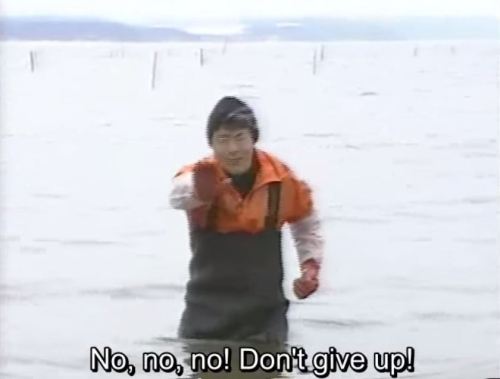
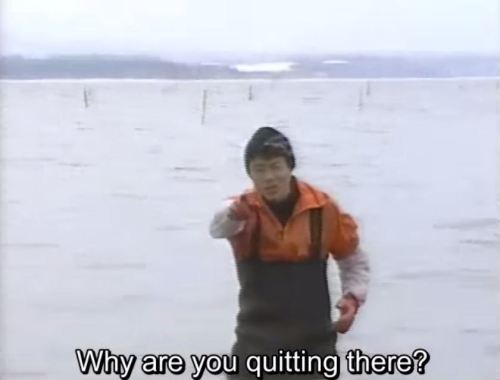
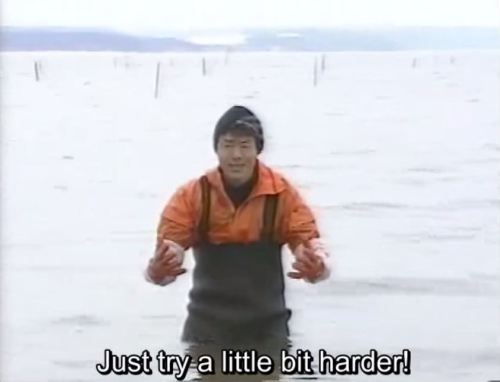

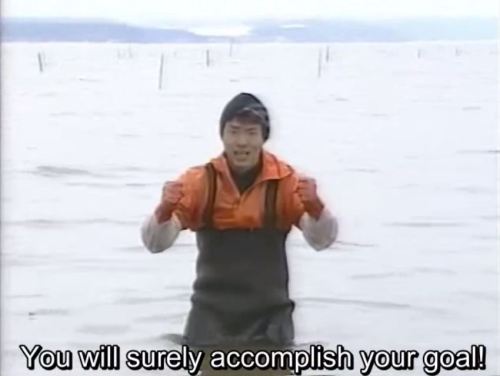
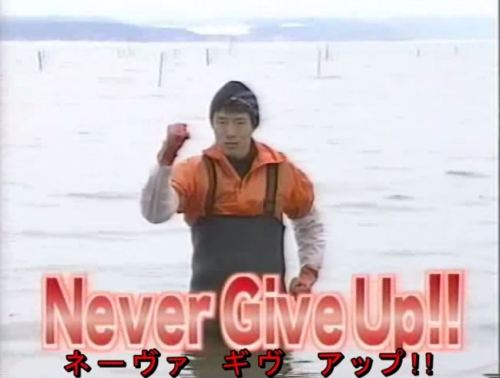
-
 paulgiamatti liked this · 3 weeks ago
paulgiamatti liked this · 3 weeks ago -
 lookcows liked this · 4 weeks ago
lookcows liked this · 4 weeks ago -
 fashinspire reblogged this · 2 months ago
fashinspire reblogged this · 2 months ago -
 anachronistique liked this · 7 months ago
anachronistique liked this · 7 months ago -
 himbobaggins liked this · 7 months ago
himbobaggins liked this · 7 months ago -
 greekedtext liked this · 7 months ago
greekedtext liked this · 7 months ago -
 bishopriecke liked this · 7 months ago
bishopriecke liked this · 7 months ago -
 watermelon-wolf reblogged this · 7 months ago
watermelon-wolf reblogged this · 7 months ago -
 watermelon-wolf liked this · 7 months ago
watermelon-wolf liked this · 7 months ago -
 dreamwaffles reblogged this · 7 months ago
dreamwaffles reblogged this · 7 months ago -
 surroundedbybooks liked this · 7 months ago
surroundedbybooks liked this · 7 months ago -
 jonah-the-unknown liked this · 7 months ago
jonah-the-unknown liked this · 7 months ago -
 gornwen liked this · 7 months ago
gornwen liked this · 7 months ago -
 milkywaystarboy reblogged this · 7 months ago
milkywaystarboy reblogged this · 7 months ago -
 zetabrarian reblogged this · 7 months ago
zetabrarian reblogged this · 7 months ago -
 z-bot reblogged this · 7 months ago
z-bot reblogged this · 7 months ago -
 blackholesfilm liked this · 1 year ago
blackholesfilm liked this · 1 year ago -
 goblarenresa liked this · 1 year ago
goblarenresa liked this · 1 year ago -
 eclectichellmouth reblogged this · 1 year ago
eclectichellmouth reblogged this · 1 year ago -
 21loveseeds liked this · 2 years ago
21loveseeds liked this · 2 years ago